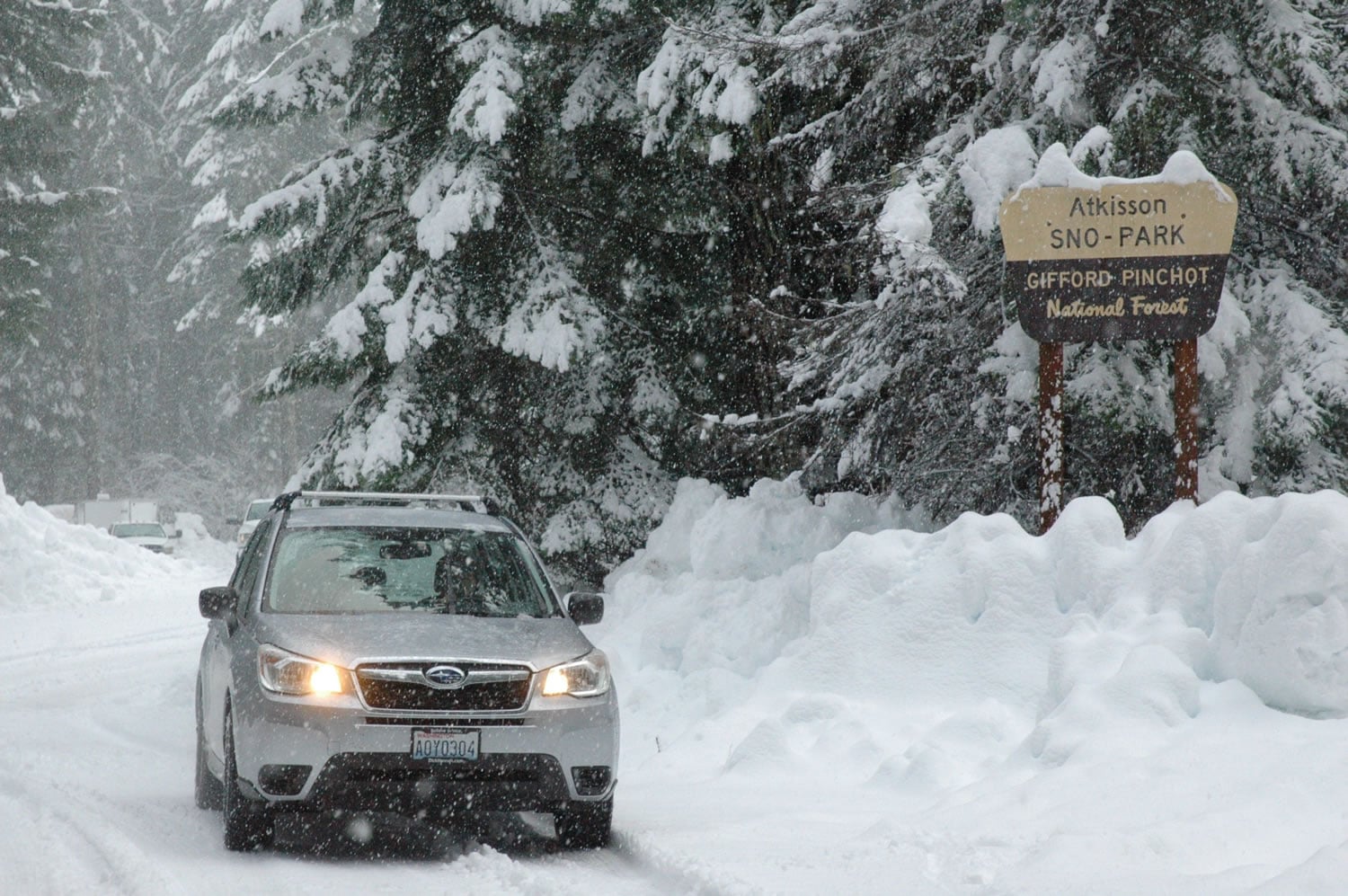Wet weather has continued to benefit the regional snowpack, which in turn should lead to a better summer for fish, farmers and boaters who depend on the region’s streams and lakes.
“We’re oodles better than where we were last year,” said Scott Pattee, a water supply specialist with the U.S. Department of Agriculture’s Natural Resources Conservation Service.
As of Monday, year-to-date snowpack levels in the Lower Columbia Basin, which includes Southwest Washington, were at 106 percent of normal. Two monitoring sites, at the Lewis River Basin and the Cowlitz River Basin, are at 111 percent and 104 percent of normal, respectively.
Last year the Lower Columbia was at 21 percent of normal snowpack.
“We’re doing really well this year,” Pattee said.
According to Pattee, El Ni?o years such as 2016 can be hard to predict, but often they feature slightly below average precipitation. This year, however, that hasn’t been the case. In fact, the areas that were hit hardest by recent storms were the places that had the lowest snow levels last year.




